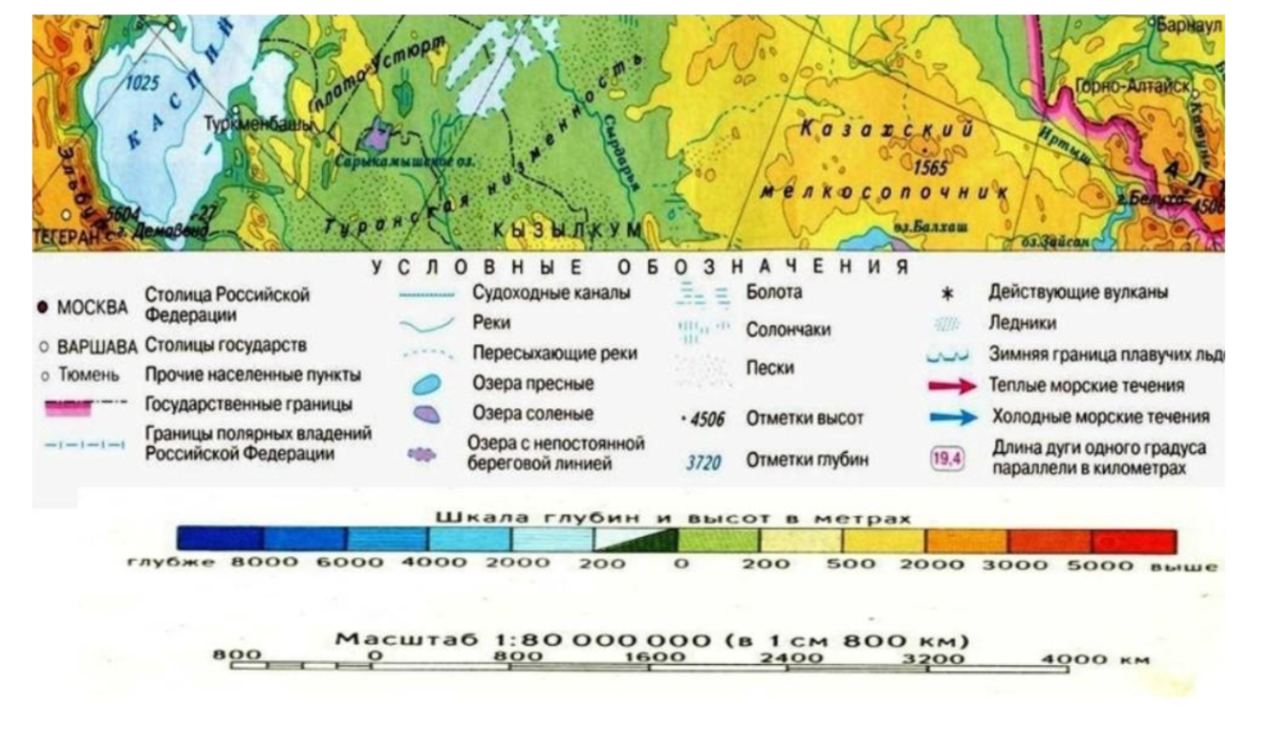Description + instructions for interpretation
Description with a legend to feed the interpreter in the head (thanks to which we all understood):

Where can we encounter descriptions of this format? Where specialists create something common for non-specialists, and from this there is no way out. Commonly --- maps: every map has a list of conventional symbols (so-called "map legend").
These descriptions always come with reading instructions --- a description, the object of which is the language on which the description of objects is written. So we have such a chain: objects of the physical world --- description of objects of the physical world (in this case visual) --- description of the language in which the objects of the physical world are described. In this case, it is textual explanations of language units (pictures), from which the description consists.
Thanks to this instruction --- conventional symbols on the map --- the map is easy to read, even if you are not a cartographer. People who create maps (actually, cartographers) do not expect that professionals who know all legends of all maps by heart will use the map. Therefore, they attach a legend to each map, --- each description are supplied with everything necessary for the interpreter to work.
This works the same way with any description to which additional list of symbols (abbreviations, signs, pictures) is supplied. We expect from the user [addressee/customer/any agent] that certain things they know at a common level. The difference between common,default level and the level necessary for reading the description should be put in the instruction [necessary introductory information for the interpreter], which we attach to the description before sending/publishing/transferring.
If you understand the language in which the interpretation instruction is formulated and you have enough patience, you will certainly be able to interpret the received description. It may be difficult and boring, especially if the language is inelegant or not to your liking.
But! Sometimes (especially often in social interactions) the explicit instruction for decryption is intentionally false. For example: you quarreled with a friend and ask if they are offended. They reply that they are not offended, but at the same time their whole demeanor expresses the opposite. So, we have: a description (a picture of emotional suffering written on their face) and an indication (false) on how to read this picture (I'm fine, I'm not offended). It can be difficult to figure out what to do in such cases in reality, and a lot depends on the context of the specific situation. We will return to this in the communication part of the course.
Description without instructions, but you still managed
Suppose you receive a text. Here is its beginning:
I work in a company that takes on projects of various directions. Accordingly, there are employees of many specializations on staff, and task assignment is carried out through an internal service.
Among the managers, a tradition has been established to hold a kind of auction: first they describe the project, people write down how much of it they will do for what price (the team leader can write for their group). The manager discusses deadlines and prices with the client based on the results, and among those who submitted applications, selects the ones they like the most.
We think this description was fairly easy to read. It is written in natural language that everyone knows and understands. You can somehow read and understand it (not necessarily absolutely correctly and fully --- after all, it's a small piece of text), it consists of words that you understand (though, if I showed this text to my grandmother, I would still have to explain the meaning of some words as she does not belong to the corresponding semantic communities). I expect no explanations of words are needed from you.
It would not have worked the same way with a map. If you had tried to read the map without conventional symbols, you would have certainly done it at a very intuitive level (this object seems closer than that one; and this one seems darker --- probably denser).